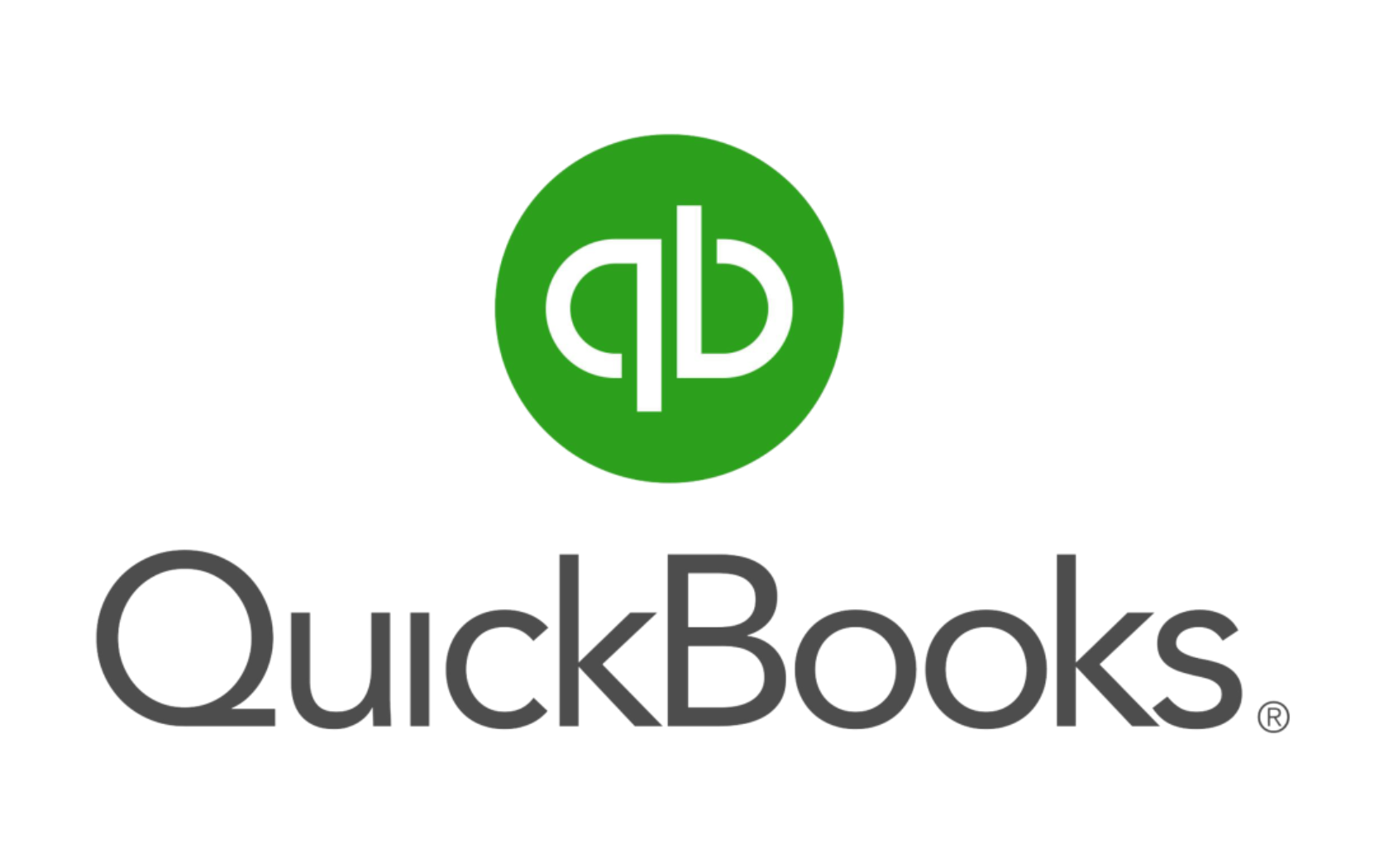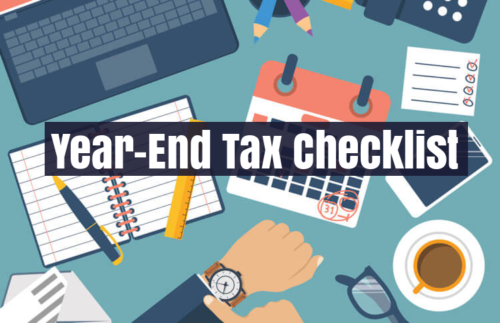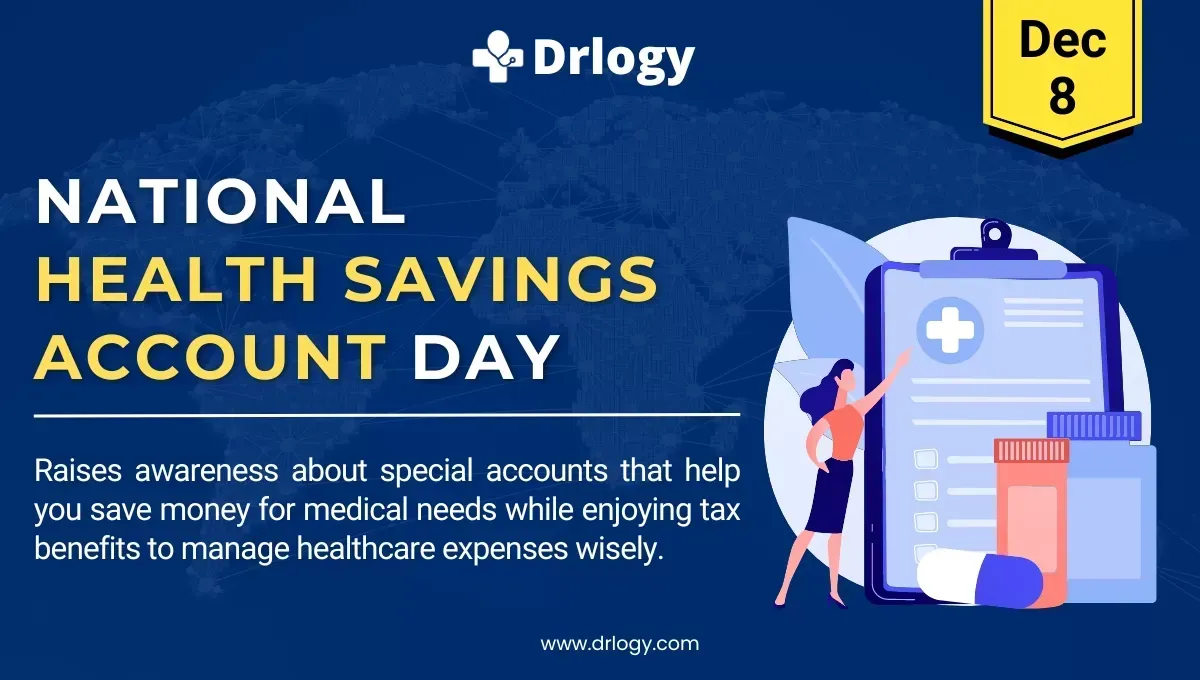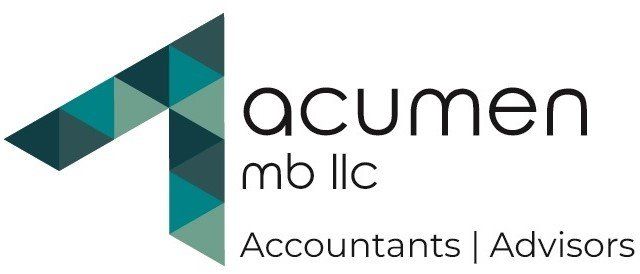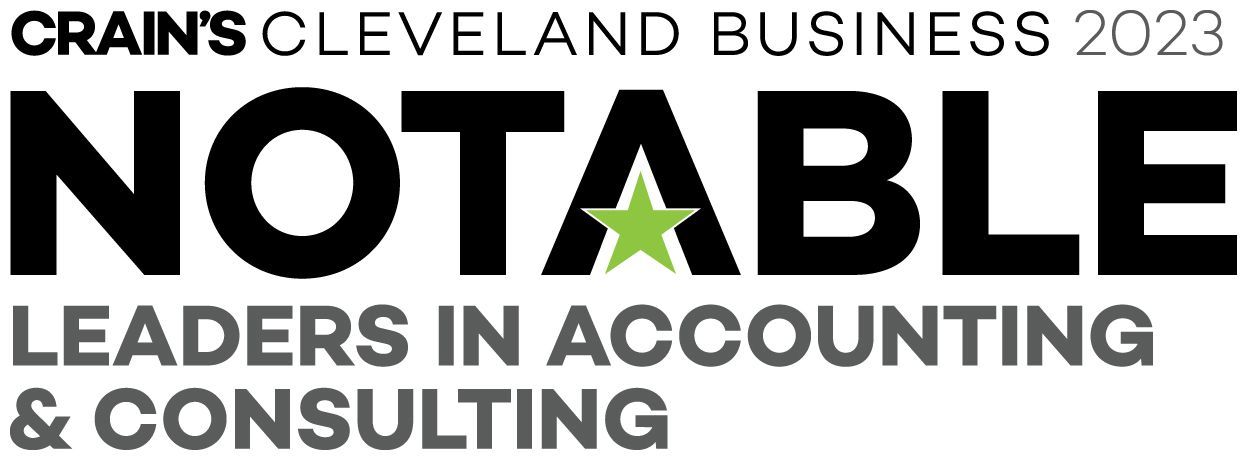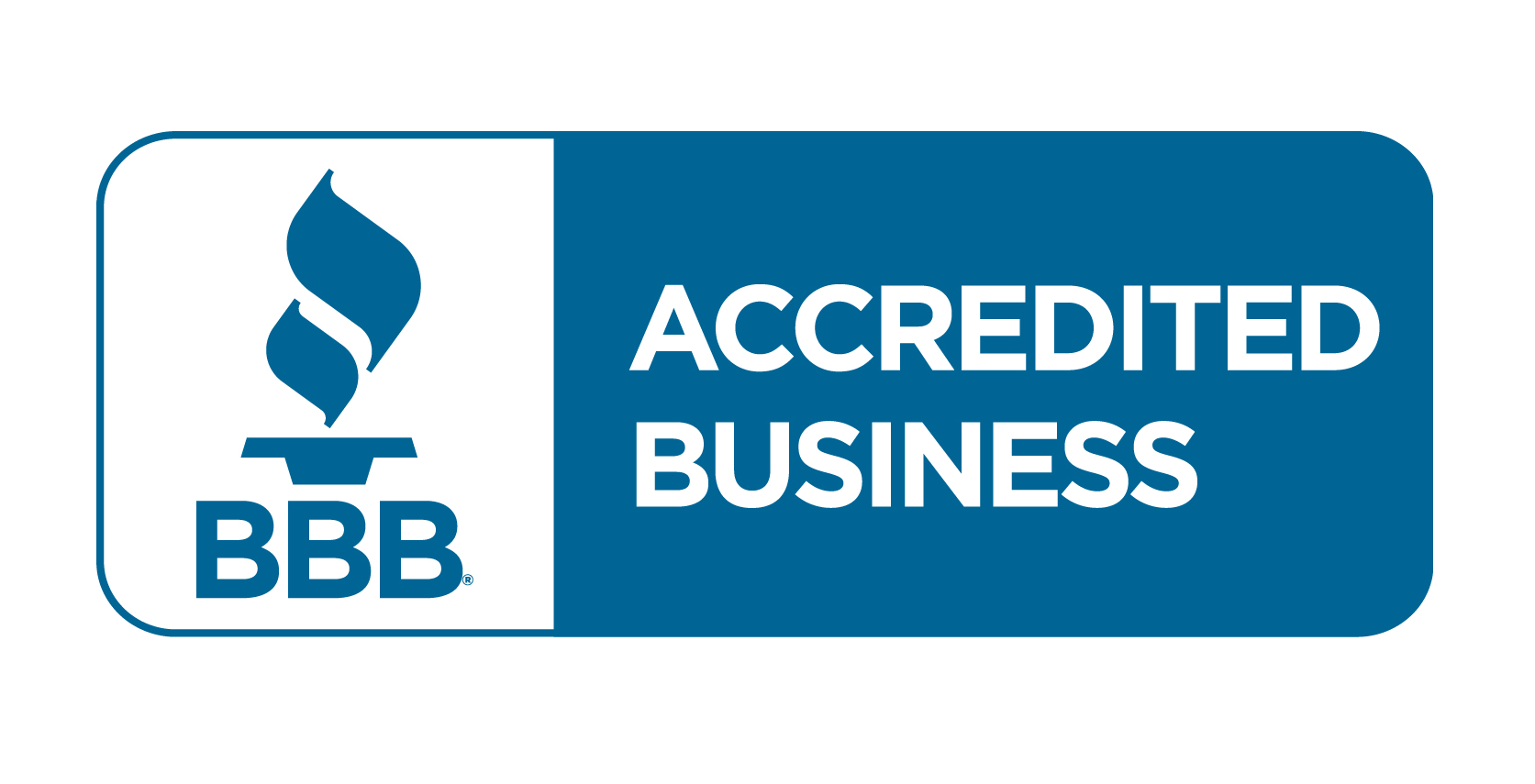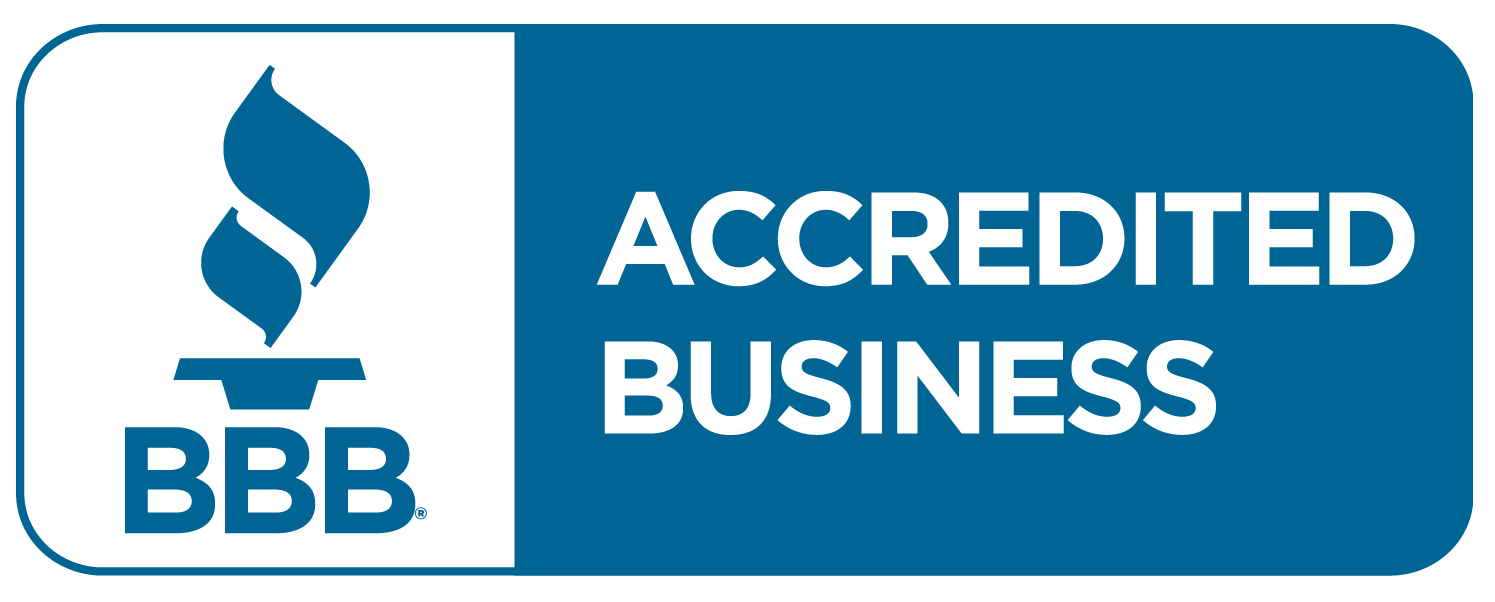Back to School Month: Tax Tips and Money-Saving Strategies for Smart Shopping
As we gear up for another exciting Back to School Month, Acumen MB LLC is here to help you navigate the financial aspects of this busy season. Whether you’re a parent preparing your kids for the upcoming school year or a student getting ready for college, managing expenses effectively can make a significant difference. Here are some practical tax tips and money-saving strategies to ensure you start the school year on the right financial foot.
1. Take Advantage of Tax-Free Weekends
Many states offer tax-free weekends during Back to School Month, allowing you to purchase school supplies, clothing, and even electronics without paying sales tax. Be sure to check if your state participates and mark your calendar for these dates. This can result in substantial savings, especially on big-ticket items like laptops and calculators. (Ohio’s is going on right now!)
2. Save Your Receipts for Tax Deductions
Certain educational expenses may be tax-deductible. While the IRS doesn’t allow deductions for general school supplies, you can deduct expenses related to higher education, such as tuition, fees, and required course materials. Keep detailed records and receipts of these purchases to maximize your tax deductions.
3. Utilize Education Tax Credits
The American Opportunity Tax Credit (AOTC) and the Lifetime Learning Credit (LLC) are valuable tools for reducing your tax bill. The AOTC can offer up to $2,500 per eligible student for qualified education expenses during the first four years of higher education. The LLC, on the other hand, provides a credit of up to $2,000 per tax return for tuition and fees required for enrollment in an eligible institution. Make sure to explore these credits to ease your financial burden.
4. Shop Smart with Sales and Discounts
Retailers often run Back to School sales, offering significant discounts on school supplies, clothing, and electronics. Compare prices online and in-store to find the best deals. Many stores also provide student discounts; don’t forget to bring your student ID or verify your student status to take advantage of these offers.
5. Consider Second-Hand Options
Thrift stores, consignment shops, and online marketplaces can be treasure troves for gently used school supplies and clothing. Buying second-hand not only saves money but also supports sustainable shopping practices. Look for quality items that can withstand the school year and beyond.
6. Plan and Budget
Creating a detailed shopping list and setting a budget before you start shopping can help you avoid impulse purchases. Focus on essential items first, and prioritize your spending based on necessity. This disciplined approach ensures you stay within your financial limits and reduces the risk of overspending.
7. Use Rewards and Cashback Programs
Take advantage of credit card rewards and cashback programs when shopping for school supplies. Many credit cards offer points or cash back on purchases at office supply stores, clothing retailers, and electronics shops. Accumulate these rewards to offset future expenses or redeem them for additional savings.
8. Explore State-Sponsored Savings Plans
Consider contributing to a 529 college savings plan. These state-sponsored plans offer tax advantages and can be used to pay for qualified education expenses, including K-12 tuition in some states. Contributions grow tax-free and withdrawals for qualified expenses are also tax-free, providing a valuable way to save for your child’s educational future.
At Acumen MB LLC, we understand the importance of financial planning, especially during Back to School Month. Our team of experts is here to assist you with all your tax-related needs, ensuring you make the most of every opportunity to save. Contact us today for personalized advice and support to help you navigate the school year with confidence and financial peace of mind.
Happy Back to School Month from Acumen MB LLC!
